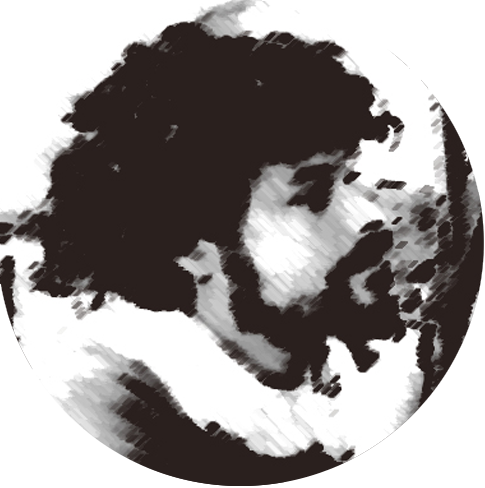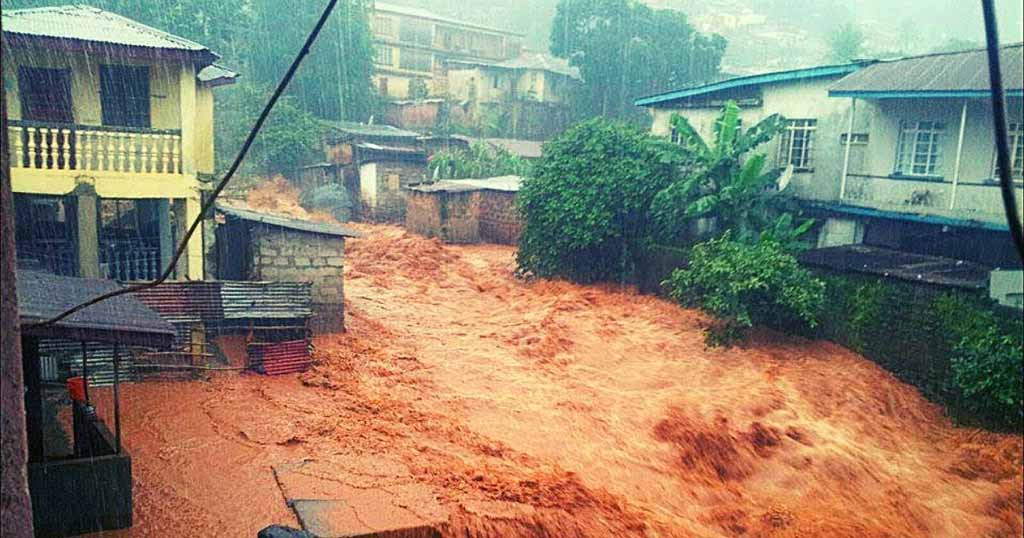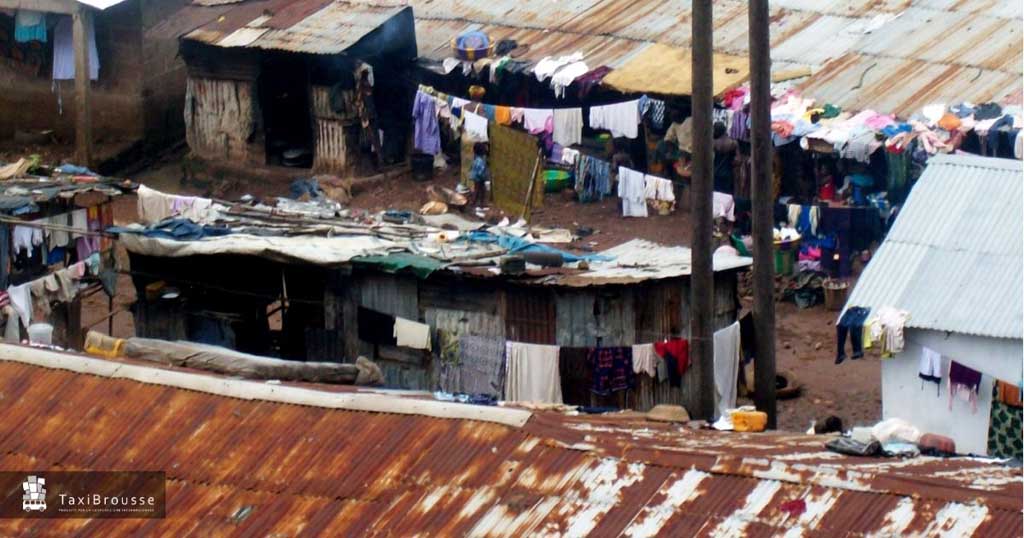Ever heard of Smart Cities?
This term indicates strategies that, thanks to the opportunities offered by technology, make it possible to optimize interconnections, services and data exchange within cities, maximizing environmental sustainability and the quality of life in the urban environment.
Necessary strategies given the weight that cities have on the planet’s environmental degradation.
The rush to cities that is affecting the entire African continent, with urban growth rates that often reach 5%, makes this issue of particular interest also in Africa.
If on the one hand interesting researches and experimentations begins to spread, especially from South Africa, on the other we see the proliferation of questionable models, indiscriminately transplanted from Western contexts.
An example?
Try to google “smart cities Africa” and you will find dozens of images of futuristic and somewhat kitsch cities in which dazzling skyscrapers stand out on lush forests: a sort of re-edition of the fifteenth-century “ideal cities” in hyper-technological and tropical versions.
Wonderful, but statistics and real life tell a different story: 55% of the urban population in sub-Saharan Africa in fact lives in poverty and populates dozens of slums and informal neighborhoods.

55%: the majority of the population.
So how can we imagine a solution in metropolises with few resources, poor capacity to attract investments, lack of efficient organizational structures and dizzying growth rates?
it is obvious that simple and short-term solutions cannot be found and that it is necessary to confront a phenomenon that will exist for the next decades.
Talking about smart cities without considering this fact means dreaming of futuristic and perfect cities in which, however, poverty is hidden under the carpet, in an increasingly marginal position.
It means, as sometimes happens, to use the name smart cities not to indicate intelligent systems of city governance and development but as a brand for expensive and exclusive gated communities.
Places and neighborhoods that are opposed to a perspective of urban inclusion and that therefore cannot certainly be called “intelligent”.
The mistake is to consider these cities divided into two parts: an official city, destined to prosper and consolidate, and an informal city, to be destroyed or forgotten.
The numbers tell a different reality: the contemporary African city cannot be imagined without its slums and informal neighborhoods, which represent one of its most evident peculiarities.
Many contemporary African cities could not survive without these neighborhoods that host functions and offer vital services to the urban system.
Urban informality, which has always been considered a simple problem to be solved, has instead a specific role and can be converted into opportunities.

What then can be an “African” way to smart cities?
We have identified some major issues that characterize the African city and that should become strengths of a future intelligent strategy based on local realities rather than imported models:
- Adaptability and flexibility: ability to change in order to adapt to situations and problems rather than contrasting them. In a context of climate change, it is a “soft” strategy as opposed to heavy-infrastructures;
- Land use: great ability to exploit and optimize urban spaces, the absence of unused residual spaces, the ability to use spaces in a flexible and extremely dynamic way;
- Reuse, recovery and recycling: widespread tendency to recovery and reuse not only as a subsistence activity related to objects or waste but also with regard to spaces, buildings or infrastructures;
- People as Infrastructures: a concept developed by urbanist A. Simone to indicate the informal systems of social networks, microeconomics, informal services and relationships able to compensate for the absence of infrastructures and services of the official city.
Talking about smart cities without considering these aspects of collective intelligence that proliferate in many cities on the African continent means to impose exogenous models developed in European, American or Asian realities.
A method destined to fail and which replicates a colonial attitude.

Federico Monica
Architect and Urban Planner, Ph.D. in Urban and regional planning. Founder of Taxibrousse studio, specialized in informal settlements assessment, slum upgrading strategies, low-cost and low-tech building processes.
Share this page!
Featured posts
TaxiBrousse is a design and consultancy studio for international development, we works in the fields of engineering, architecture, urban planning and environmental protection.
Follow us




